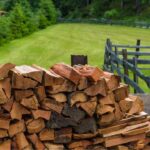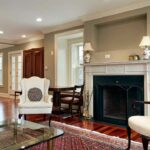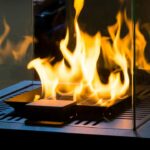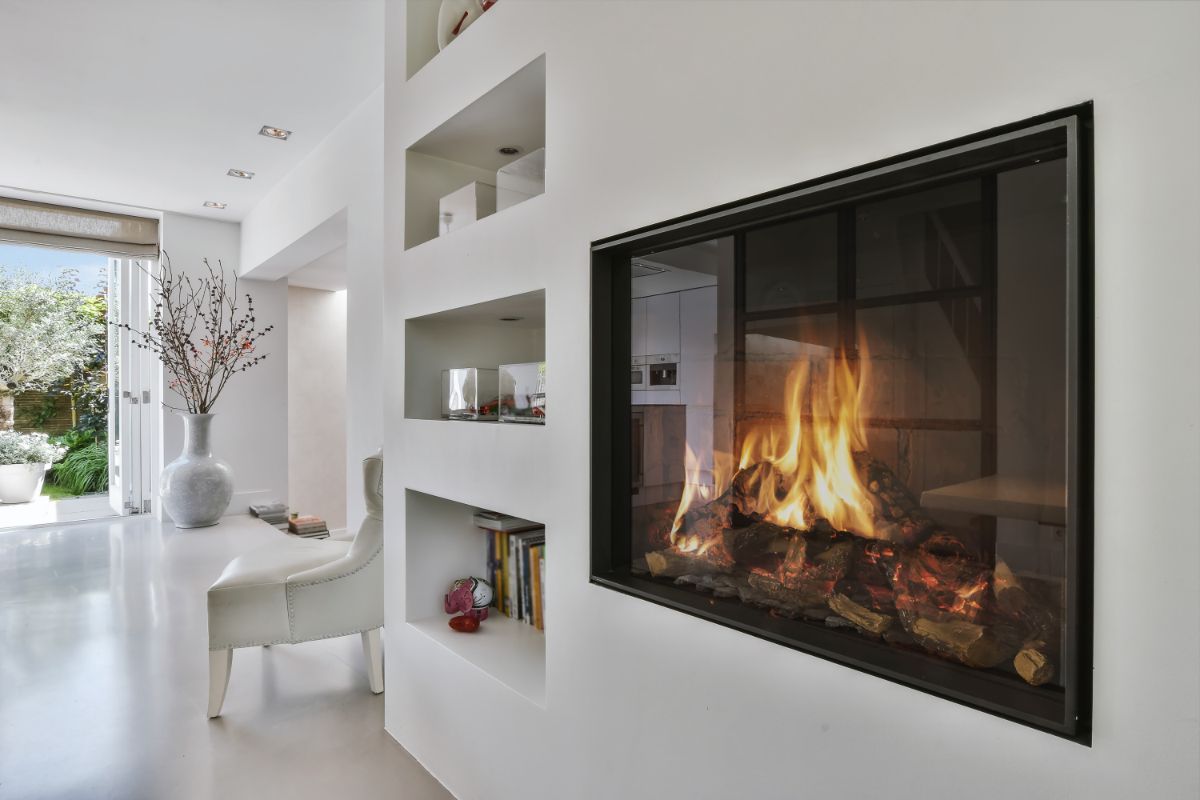A fireplace can be a beautiful and functional addition to any home, but choosing the right size is crucial for both aesthetics and heating efficiency. So, how wide should a fireplace be?
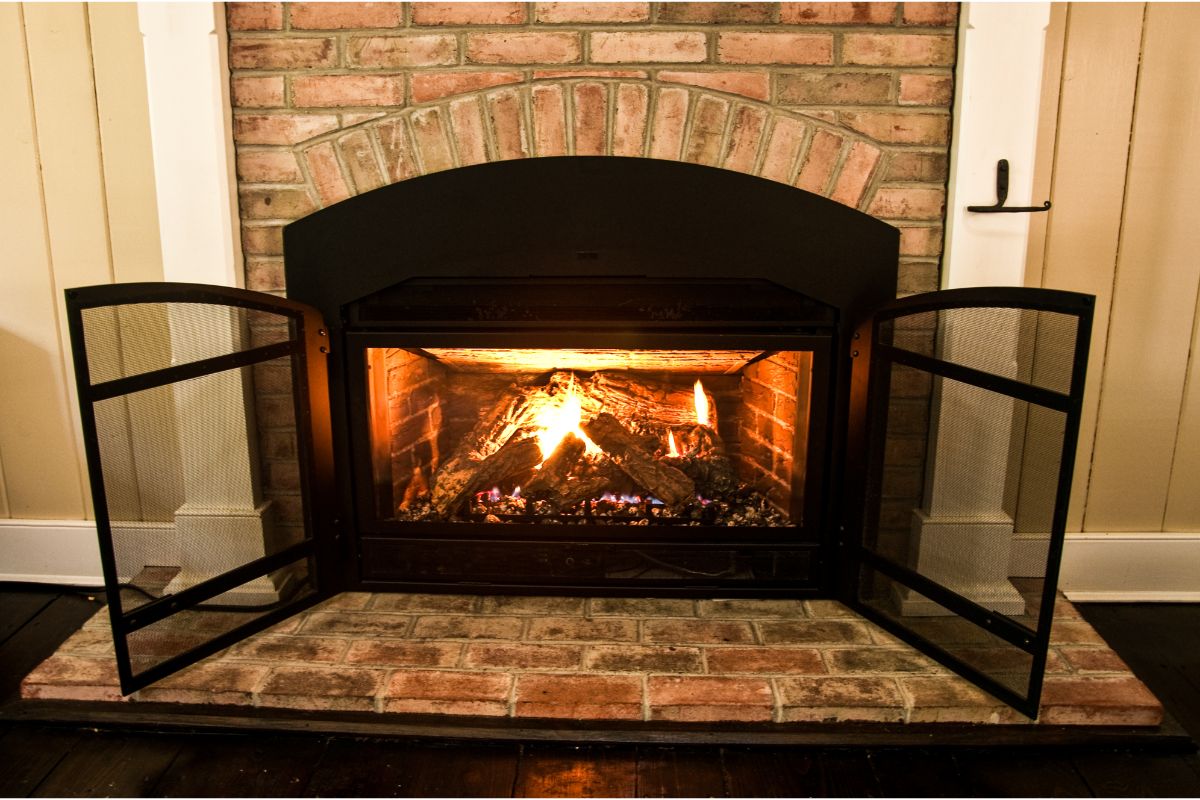
The quick answer is that it depends on a number of different factors, including things such as the size of the room, your aesthetic preferences, as well as your heating needs.
In this article, we’ll explore these factors in more detail and provide expert guidance to help you determine the ideal width for your fireplace.
By selecting the right size, you can create a warm and inviting ambiance while also maximizing the efficiency of your heating source.
Factors To Consider When Choosing Fireplace Width
Size Of The Room
The first factor to consider when choosing the width of a fireplace is the size of the room where the fireplace will be located. A larger room will require a wider fireplace to ensure that the heat output is sufficient to warm up the entire space.
Desired Heat Output
Next, you’ll also need to consider the desired heat output of the fireplace. If you live in a colder climate or have a larger room, you may need a wider fireplace with a higher heat output to provide adequate warmth.
Personal Preference And Style
Although it can be easy to forget, your personal preference and style should also be taken into account when selecting the width of your fireplace.
A wider fireplace may be preferable if you want a more grandiose or dramatic look, while a narrower fireplace may be better suited for a minimalist or modern aesthetic.
Fuel Source
Finally, it’s worth considering that the type of fuel you plan to use in your fireplace can also impact the width you choose. For example, if you plan to use wood, you will need a wider fireplace to accommodate larger logs.
Gas fireplaces typically require less space,which means you may be able to opt for a narrower width.
Standard Fireplace Widths
There are a number of standard widths that you will find fireplaces in, so it’s worth familiarizing yourself with them before you begin to search for your new fireplace.
Common Fireplace Widths
When it comes to the most common fireplace widths, you’ll discover that the standard sizes are usually 36 inches, 42 inches, and 48 inches.
Advantages And Disadvantages Of Each Size
Each of the sizes has its own advantages and disadvantages, which all need to be considered before you purchase.
36 Inches
This is the most common width and is suitable for smaller rooms. A 36-inch fireplace offers adequate heating for rooms up to 400 square feet. One advantage is that it’s more affordable and easier to install.
However, it may not provide enough heat for larger rooms or homes.
42 Inches
A 42-inch fireplace offers more heat output and is ideal for rooms up to 500 square feet. It’s a great size for larger homes and rooms, but it can be more expensive and difficult to install.
48 Inches
A 48-inch fireplace offers the highest heat output and is perfect for rooms up to 600 square feet. However, it’s the most expensive and difficult to install.
Which Size Is Best For Your Needs?
To determine the best size for your needs, consider the size of the room, the desired heat output, and your personal preference. A general rule of thumb is that the fireplace should be around 1/10th the size of the room it’s in.
Although, if you live in a colder climate or have a larger room, you may want to opt for a wider fireplace with a higher heat output.
Custom Fireplace Widths
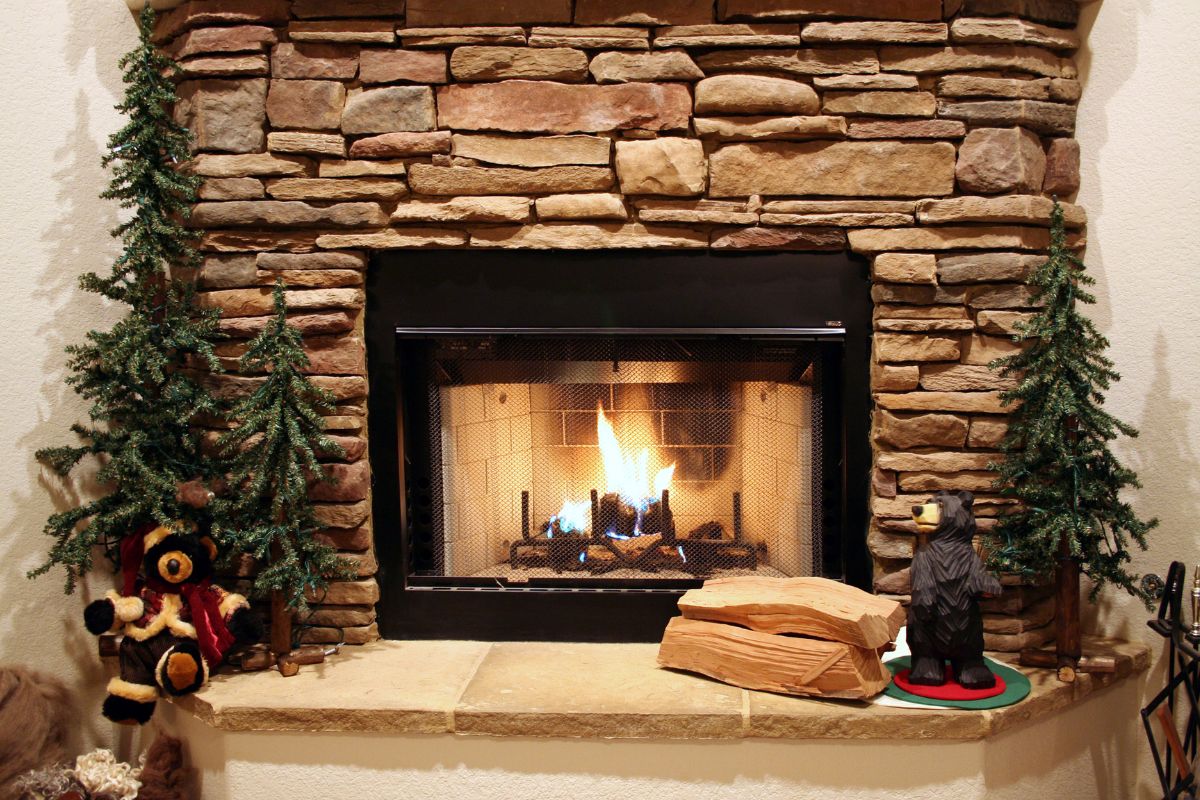
If the standard sizing of fireplaces aren’t going to be suitable for your home, then there’s always the option of a custom fireplace instead.
Custom Fireplace Width Options
Customizing the width of a fireplace is a great way of creating a fireplace that is going to suit both your room, and your needs, and working alongside a custom fireplace designer will help you to find the right width based on the room you plan on installing the fireplace in.
Examples Of Unique Fireplaces
There are a wide variety of options for customizing the width of your fireplace. These can include circular or arched fireplaces, linear or double-sided fireplaces, or even oversized fireplaces, which are great at serving as focal points in a large room.
Factors To Consider With A Custom Fireplace
If you opt for a customer fireplace, you’ll need to consider the size and shape of the room, the desired heat output, building codes and regulations, and any special installation requirements.
This should all be resolved if you’re working in conjunction with a professional and experienced designer, but it’s still worth keeping in mind.
Safety Considerations
When installing, there are also a number of safety considerations that need to be made too, so familiarize yourself before you install your fireplace.
Importance Of Ventilation And Clearance
Adequate ventilation allows smoke and other byproducts to escape, while proper clearance ensures that surrounding materials won’t catch fire.
Follow the manufacturer’s guidelines and consult with a professional to ensure that your fireplace is properly installed and ventilated.
Fireplace Safety Tips
So long as you keep the area around the fireplace clear of debris and flammable materials, never leave a fire unattended, and regularly clean and maintain your fireplace and chimney, your fireplace should remain safe to use.
Building Codes And Regulations
Building codes and regulations help ensure that your fireplace is installed and maintained safely.
Be sure to consult with local authorities to determine the specific codes and regulations that apply to your area.
Following these guidelines will help ensure that your fireplace is safe and up to code.
Maintenance And Care
With your fireplace installed, you’ll also want to learn more about the necessary maintenance and care requirements to keep your fireplace working properly!
Fireplace Maintenance
Some important tips for maintaining a fireplace include regularly cleaning and inspecting the chimney, checking for any damage to the firebox, and ensuring that the damper is working properly.
It’s also important to use the right kind of fuel and to properly dispose of ashes.
Cleaning Techniques
When it comes to cleaning a fireplace, it’s important to use the right techniques and materials. A professional chimney sweep can help ensure that your chimney is cleaned properly and safely.
For regular cleaning, use a wire brush to remove soot and buildup, and avoid using harsh chemicals that could damage your fireplace.
Regular Inspections
Regular inspections and maintenance are essential to ensure that your fireplace is in good condition. It’s recommended that you have your fireplace inspected and cleaned at least once a year by a professional.
This will help ensure that any potential issues are caught early and addressed before they become a safety hazard.
Conclusion
We hope that this guide has been helpful to you in learning everything you need to know about fireplace widths. As you can see, choosing the right size fireplace is crucial to ensuring that it meets your heating needs and fits your style preferences.
Whether you opt for a standard or custom size, you’ll also need to consider the safety requirements, as well as the regular maintenance and care needed to ensure that your fireplace operates safely and efficiently before you purchase one.
To ensure a safe and enjoyable experience, we recommend consulting with a professional and following manufacturer guidelines and local regulations.
- How To Open Chimney Flue - July 20, 2023
- Do Electric Fireplaces Use A Lot Of Electricity? - July 20, 2023
- How To Keep A Fire Going - July 20, 2023

